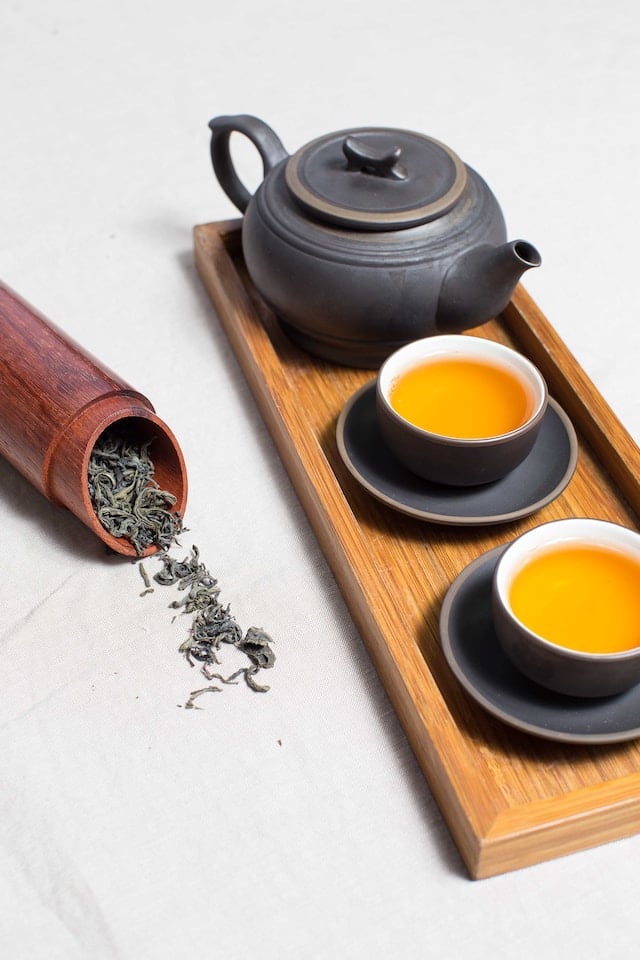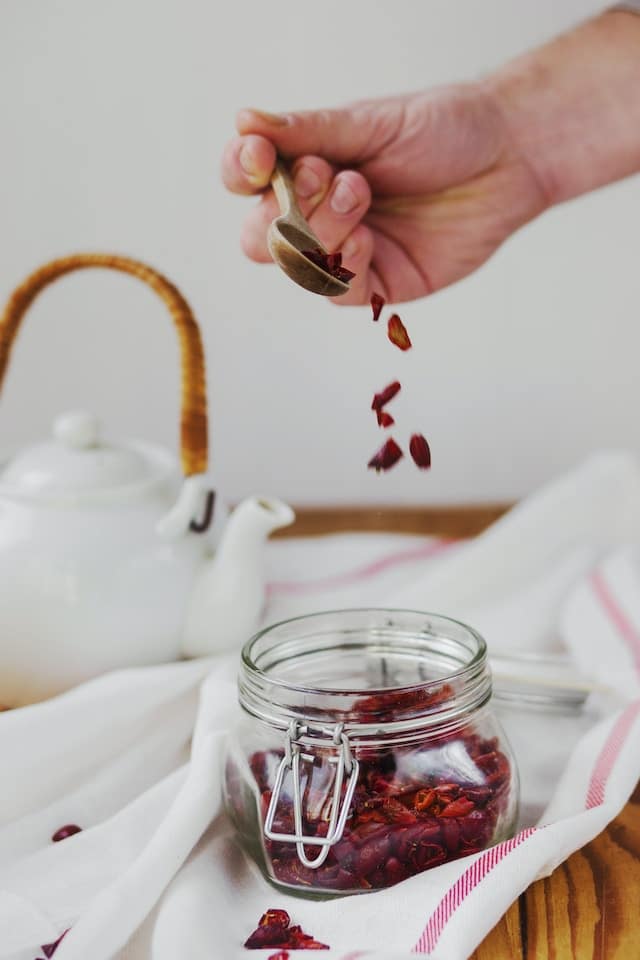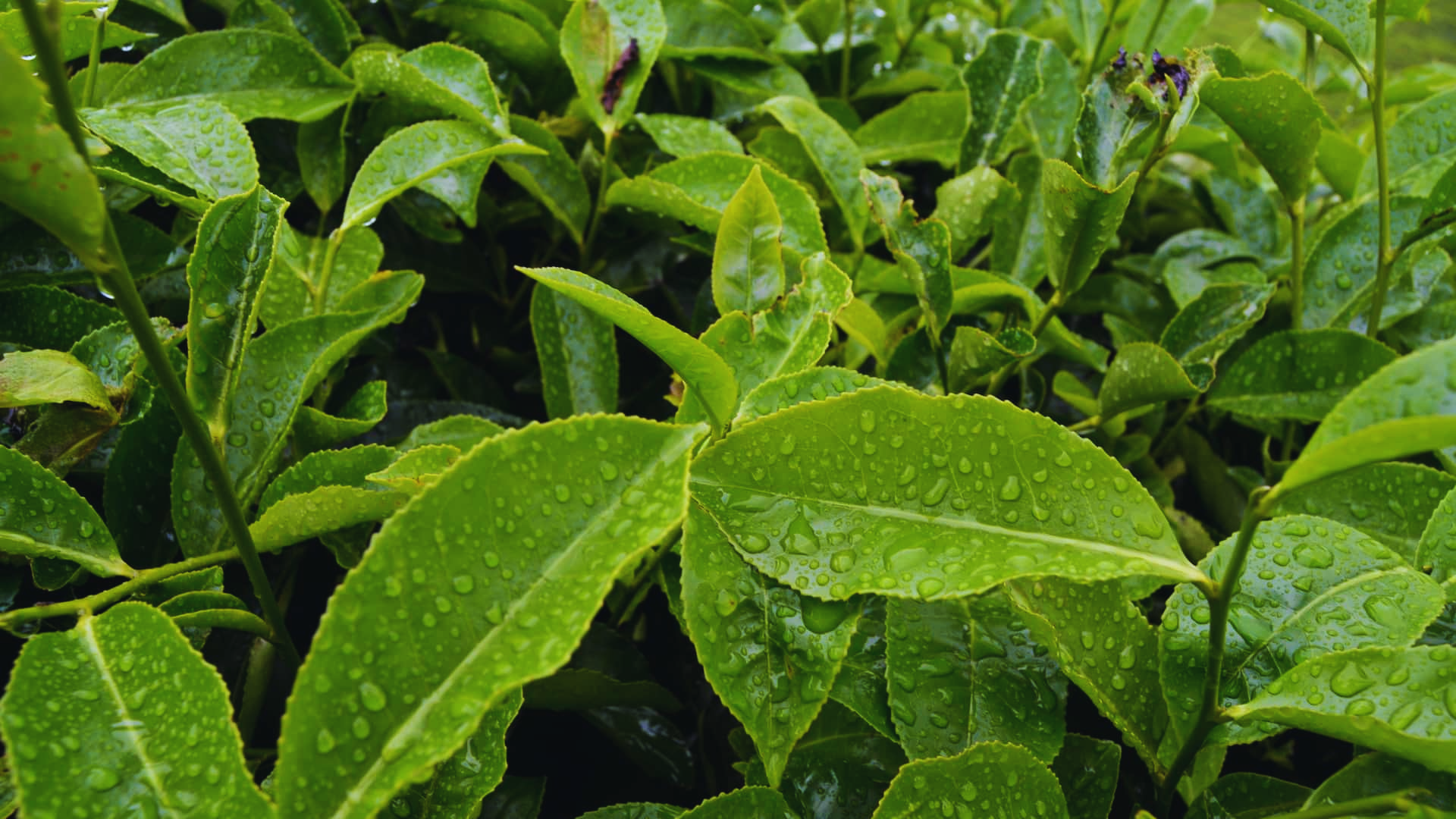If you’re a tea drinker, at some point, you’ve undoubtedly wondered whether you can reuse the tea leaves.
Yes, you can reuse tea leaves for multiple infusions. However, the flavor and aroma will gradually weaken with each steeping. To get the best results, steep the leaves for a slightly longer time with each infusion. This is a common thing to do, especially with high-quality teas, because it lets you enjoy their subtleties over several brews.
Have you ever wondered, “Can I reuse my tea leaves?” Here’s the definitive guide to the solution.
Why Reuse Your Tea Leaves?
There are several applications for reusing tea leaves. Whether steeping, composting, or turning tea leaves into a craft, reusing tea leaves is good for the environment and your wallet.
You can make many cups of tea from a single serving of loose-leaf tea, so there’s no need to waste it. Those of us who have tea on hand may save time and money by recycling the leaves. It’s excellent to utilize a product with several uses multiple times.
Reusing tea leaves is a prevalent practice in certain cultures, including China. And this is because most people know that the initial cup of tea will be bitter but will become milder as it steeps.
Some teas improve in flavor after re-steeping. Why? It may take some time for the leaves of certain teas, especially those with tightly curled leaves, to uncurl and release their aroma. The flavor from the bigger components used in loose-leaf tea blends may not be immediately apparent. If you attempt reusing your tea leaves, you could discover that your cup tastes even better.
This method is ideal, especially with white tea leaves.

Can You Reuse Tea Leaves?
It’s typically OK to reuse loose tea leaves, especially loose-leaf tea. But there are a few best-practice considerations to remember while brewing tea a second time.
- Mold is a Potential Danger: A strainer full of used tea leaves may provide an ideal habitat for germs to grow due to the leaves’ warmth and moisture. You should discard leaves left in the strainer for more than three hours.
- Store it Properly: You may use tea leaves several times, but only if stored properly to prevent mold and bacteria growth beyond three hours. Dry the leaves by squeezing out as much water as possible, then spreading them out on a paper towel in a cool, airy place. After the tea has dried, put it in an airtight container and keep it in a cold, dark area.
- Don’t Leave it for too Long: If you intend on reusing the tea leaves again, it’s best to play it safe and not let them lie about for too long. With the right conditions, you can rebrew it the next day.
The number of times you can brew tea from the same leaves is somewhat arbitrary. As long as you’re still enjoying your cup, keep brewing even though the taste is fading.
Reusing Herbal Tea Leaves: Pros and Cons
The environmental and financial advantages of reusing tea leaves are undeniable. Also, it may have a somewhat different flavor profile and scent than a freshly brewed cup of tea. While there are benefits to reusing tea leaves again, there are also potential dangers.
Caffeine and tannins are two of the substances released from tea leaves when they are steeped in hot water. Both may have an impact on the final taste. When one reuses tea leaves, dangerous germs have a better chance of multiplying, posing health risks.
There are a few things to think about before recycling your tea leaves:
It’s only possible to recycle the leaves from some kinds of tea. Repeated infusions of the same tea leaves might cause them to become bitter or tasteless.
Also, you can reuse thicker loose tea leaves more than finer ones.
While storing tea leaves for future use, keeping them dry and away from oxygen is essential so mold and mildew don’t form.
When recycling tea leaves, the quality, and flavor might vary depending on the method used to brew the tea.
Reusing Black Tea Leaves
You can reuse black tea leaves more than once, but only once every 3-5 infusions. To begin with, because black tea is heavily oxidized, steeping it more than three times can weaken the flavor. You may do the first brew as usual; however, the second brew may need more time in the pot due to its weak taste.
Reusing Green Tea Leaves
You may use Japanese green tea leaves several times (5–10 times). Japanese green tea is unique because you can steep it many times without losing flavor. If you want to reuse green tea leaves that retain their intensity even after four infusions, go no further than Japanese green tea.
Reusing Oolong Tea Leaves
You may reuse oolong tea leaves at least five times from a high-quality oolong tea brand. Because the leaves do not entirely unfurl until after the initial brew, more of the tea’s taste and fragrance will be present in subsequent infusions, making oolong tea ideal for recycling. No longer will you have to worry about the taste diminishing with each steeping.

Reusing Tea Bags
Loose tea and tea bags both originate from the same plant. Yet the difference remains vital. Crushed tea in tea bags often releases nearly all of its flavor in a single steeping. It is not worth it to reuse a tea bag unless you use it to make a very weak cup of tea the following time around. If you want to boil more tea at once, it’s more efficient to use a bigger pot.
You may wonder whether you can use loose-leaf tea more than once. Everything depends on the specifics of the leaves involved. You’ll get the same quick flavor release if your loose tea is crushed tea leaves. Hence, re-steeping the tea is as ineffective as re-steeping a used tea bag. Reusing is strongly encouraged, mainly if the loose tea contains intact leaves or buds.
How Many Times Can You Reuse Loose Leaf Tea?
Various variables affect how many times you may reuse tea leaves, including the kind of tea, the storage conditions, and the brewing process. Certain teas, like oolong and pu-erh, can be soaked numerous times without losing taste or scent, while others, like black tea, can only be used a few times.
Ways of Recycling Your Tea Leaves
It’s possible to repurpose tea leaves in several methods, each resulting in a slightly different taste and scent. Examples of standard tea-leaf recycling practices include:
- Tea leaves are steeped in cold water for an extended period to brew iced tea. Compared to traditional methods, this one yields a less harsh and astringent tea while still tasting sweet and smooth.
- When you double-brew, you steep the same tea leaves in hot water twice. This process yields a more robust and delicious cup of tea but may also make the beverage more bitter and astringent.
- You may use tea leaves in savory and sweet dishes, including marinades, broths, and baked goods. With this technique, you may give your food a distinctive taste and fragrance reminiscent of brewed tea.
Tips for Reusing Tea Leaves
- Using premium tea leaves is crucial because they may produce better-tasting tea when reused.
- Keep your tea leaves in an airtight container in a cold, dry area to avoid mold and bacteria development.
- You should always use a clean pot/kettle for brewing to avoid microbial development and contamination.
Conclusion
For millennia, people have been recycling their used tea leaves. While the resulting cup of tea may taste quite as good as if you’d steeped fresh leaves, this method is often more cost-effective and less taxing on the environment than using the latter.
To acquire the finest taste and minimize possible health problems when recycling tea leaves, pay attention to the kind of tea, the number of times you have steeped the leaves, and the brewing duration. If you take the time to store your tea leaves between uses properly, you may continue to enjoy the rich scents and tastes of your favorite teas long after the initial steeping.

